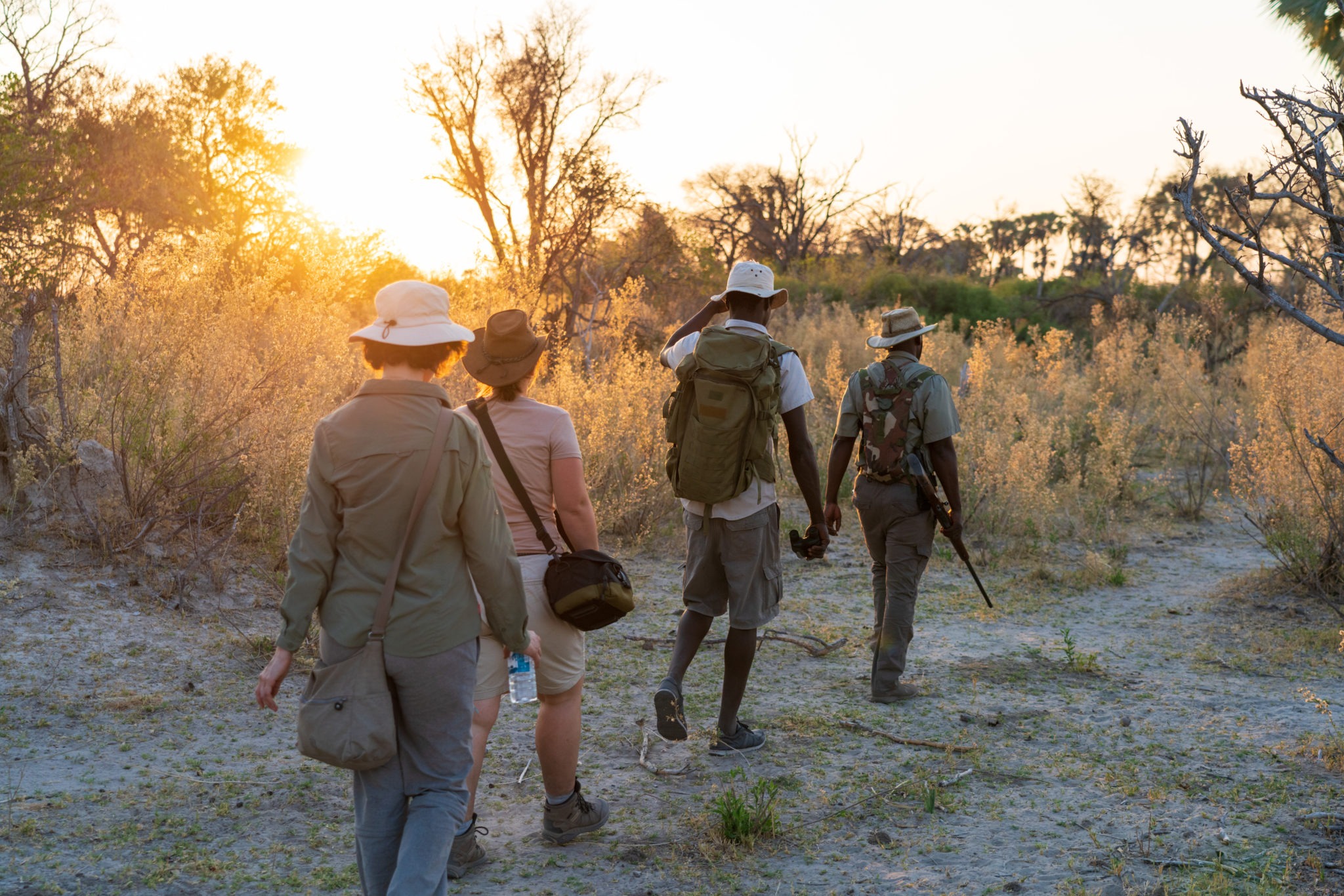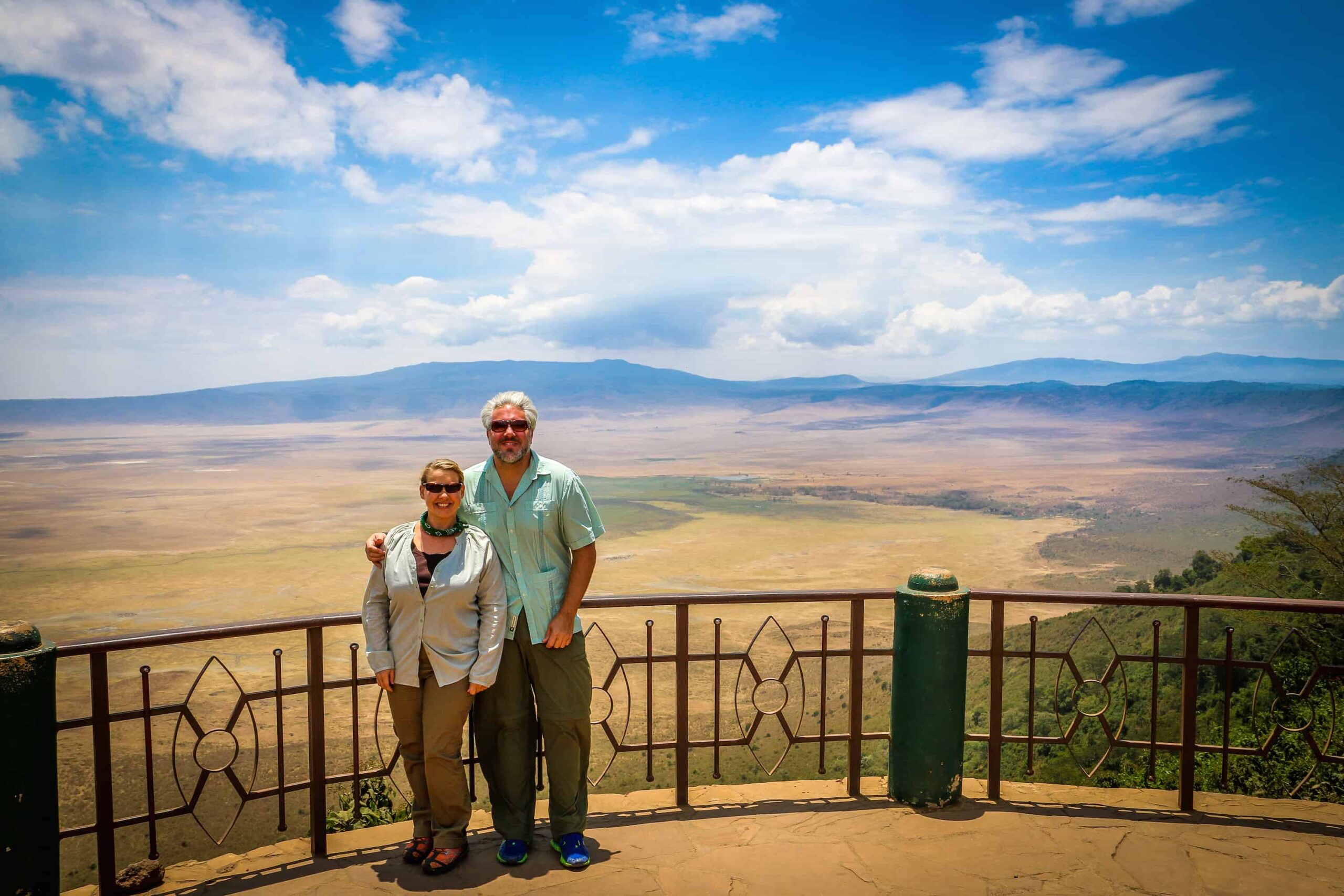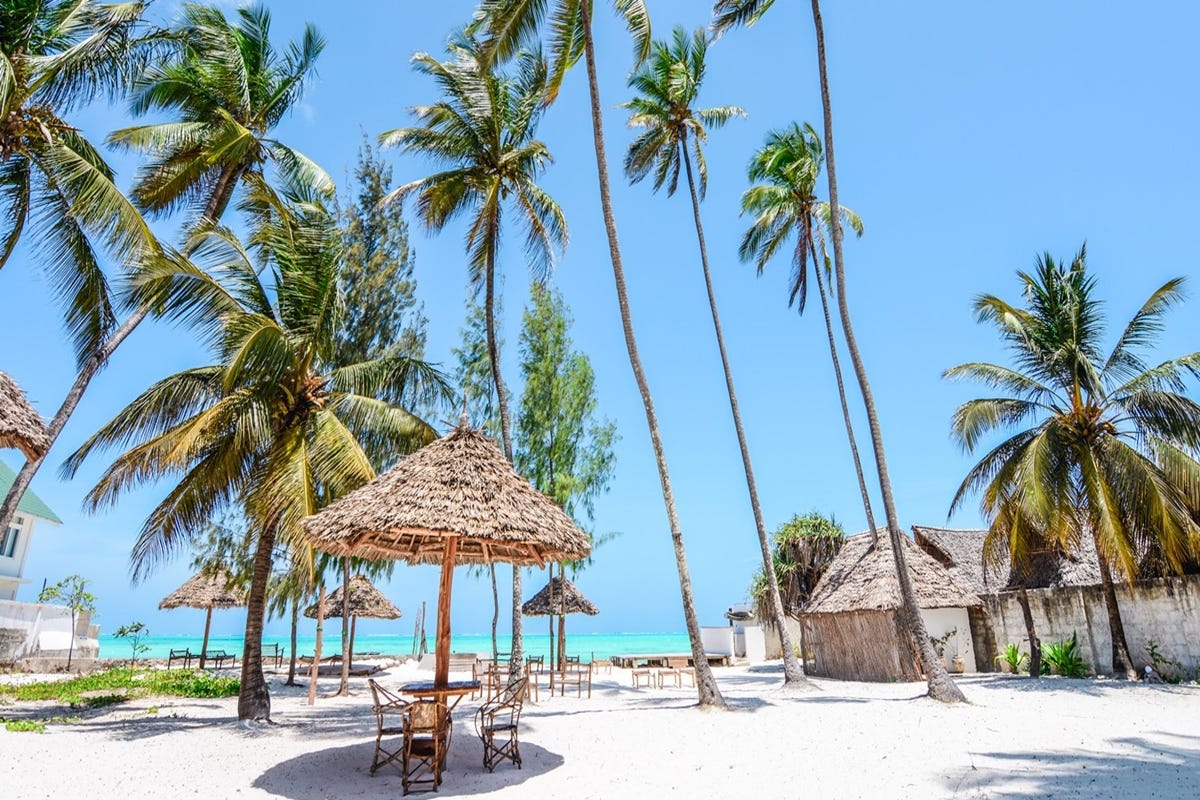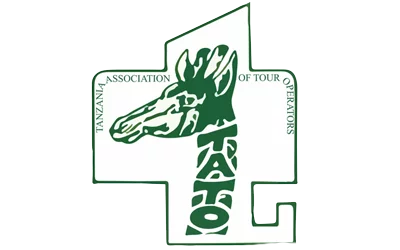When it comes to embarking on a thrilling safari adventure, Tanzania stands as one of the most coveted destinations on the African continent. With its awe-inspiring landscapes and a wealth of wildlife, this East African gem offers an unparalleled safari experience. However, to truly make the most of your adventure, it’s essential to choose the best time to visit. In this article, we’ll guide you through the optimal seasons for a remarkable safari in Tanzania.
-
The Dry Season (June to October):

The dry season, which spans from June to October, is widely regarded as the best time for a safari in Tanzania. During this period, the weather is generally cool and dry, making it ideal for wildlife viewing.
Advantages of Visiting During the Dry Season:
- Abundant Wildlife: As water sources become scarcer, animals gather around the remaining watering holes, making it easier to spot the Big Five (lion, leopard, elephant, buffalo, and rhinoceros) and many other species.
- Lush Vegetation: With the grasses lower and trees less dense, spotting animals becomes less challenging.
- Pleasant Weather: Mild temperatures and sunny skies ensure a comfortable and enjoyable safari experience.
-
The Great Migration (July to September):
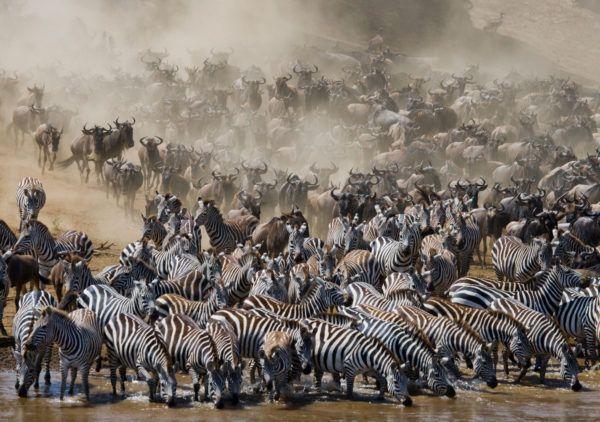
For those seeking an unforgettable spectacle, the Great Migration is a must-see event. Occurring between July and September, millions of wildebeest and zebras migrate from the Serengeti National Park in Tanzania to Kenya’s Maasai Mara Reserve in search of greener pastures. Witnessing this remarkable journey is a once-in-a-lifetime experience.
Advantages of Witnessing the Great Migration:
- Epic Wildlife Drama: Watch as predators like lions and crocodiles lurk, waiting for their opportunity to strike during river crossings.
- Stunning Photo Opportunities: Capture breathtaking shots of thousands of animals on the move.
- Thrilling Safari Experience: Join expert guides on a thrilling safari that follows the migration’s path.
-
The Green Season (November to May):
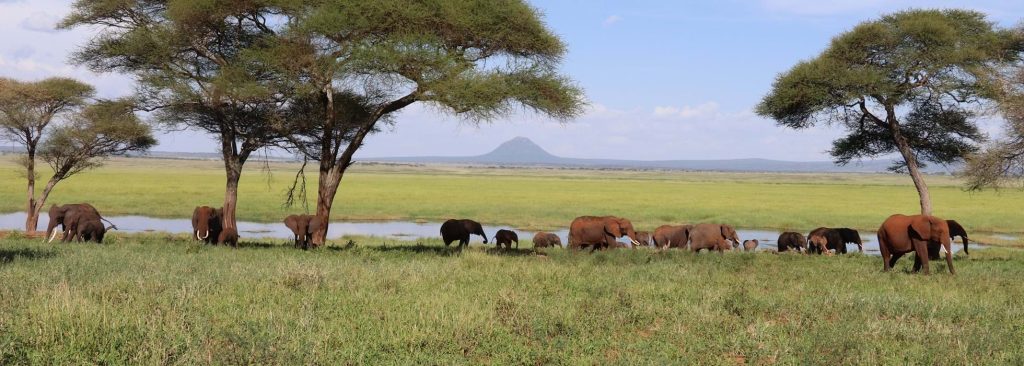
The green season, also known as the rainy season, occurs from November to May. While it may not be as popular as the dry season, it offers its own unique charm and advantages.
Advantages of Visiting During the Green Season:
- Baby Animals: Many species give birth during this time, offering the chance to witness adorable animal babies.
- Fewer Crowds: The green season sees fewer tourists, providing a more intimate safari experience.
- Vibrant Landscapes: The rain brings lush, green landscapes, making for stunning scenery and unique photo opportunities.
Considerations:
- Rainfall: Be prepared for occasional rain showers, although they are usually short-lived and do not significantly impact safaris.
- Malaria: The wet season may have a higher risk of malaria, so consult a healthcare professional for preventive measures.
In conclusion, the best time for a safari in Tanzania largely depends on your preferences and priorities. The dry season is ideal for traditional game drives and spotting a wide range of wildlife. If you want to witness the Great Migration, plan your trip between July and September. On the other hand, the green season offers a more serene and lush experience, with fewer crowds and the chance to see adorable animal babies.
No matter when you choose to visit Tanzania, you’re sure to be captivated by its natural beauty and diverse wildlife. So, pack your bags, choose your season, and embark on a safari adventure of a lifetime in this East African wonderland. Read Safari Nuggets TripAdvisor Reviews and safari FAQs.

